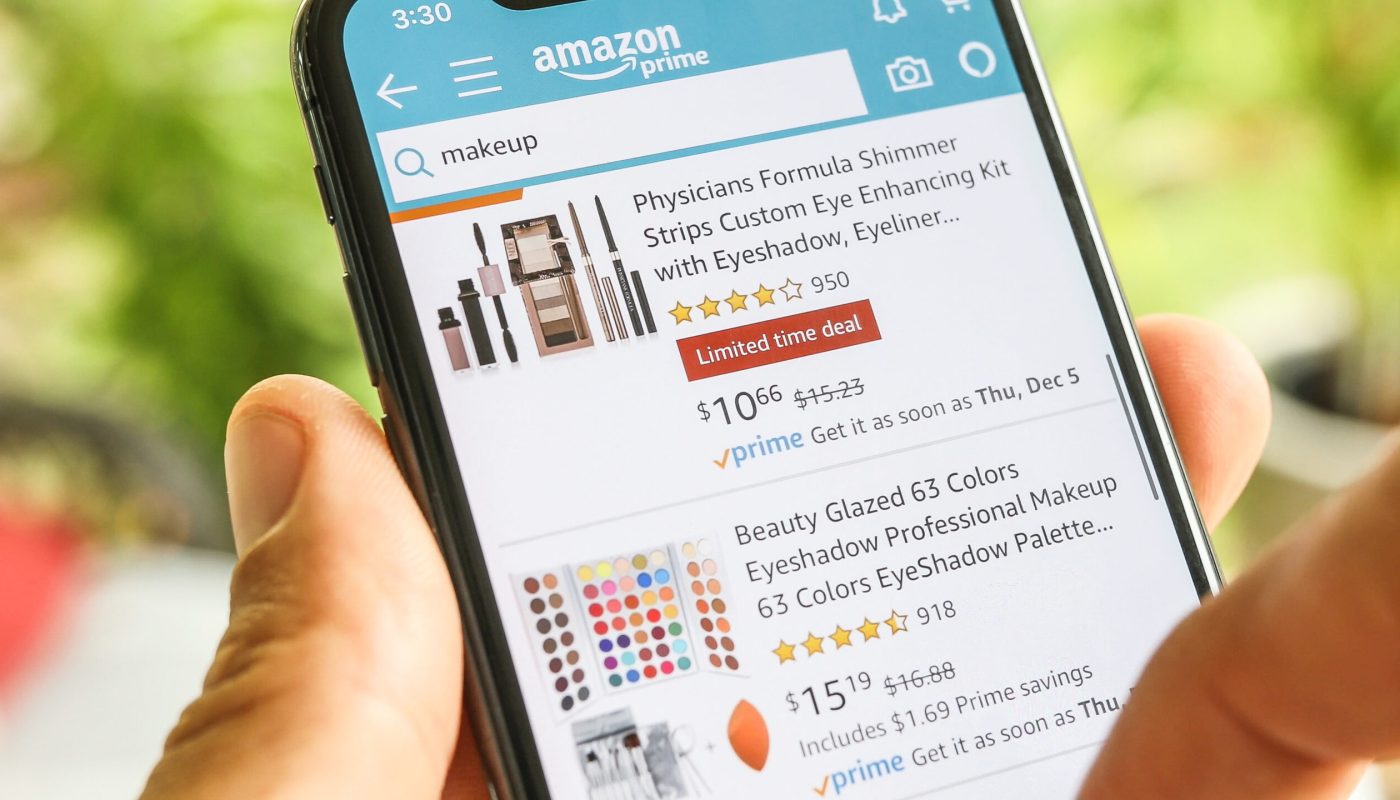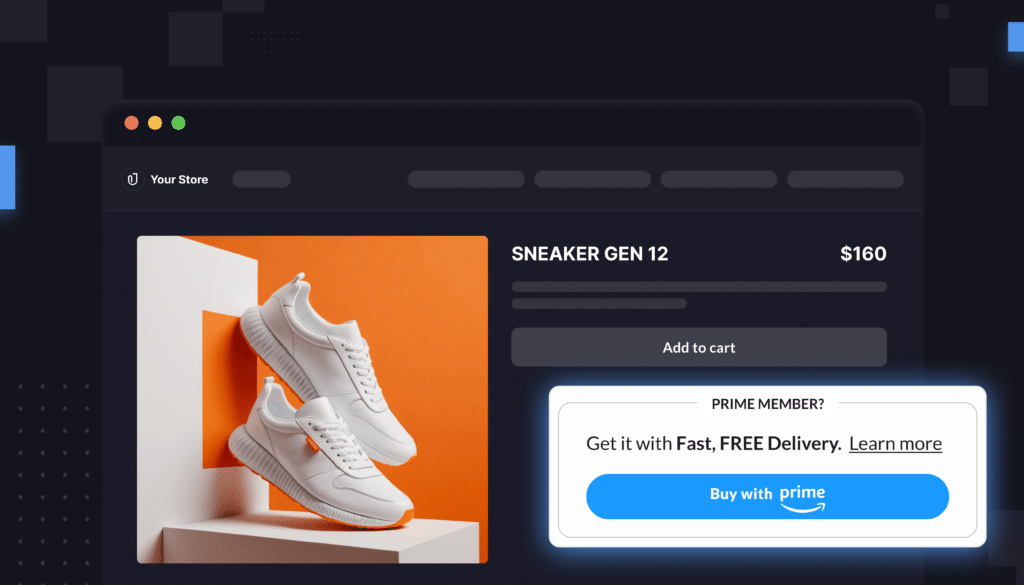Amazon DSP is one of the most dynamic ad networks around. In Amazon DSP, you can make granular choices about budgeting and audience. You can even control how your ads are displayed.
DSP also works across strategies. DSP campaigns can be crafted for the upper funnel, or they can be positioned for the lower funnel.
Amazon DSP is so powerful, in fact, that we frequently encounter brands (and agencies) that don’t seem to understand the full breadth of its potential. They are only using DSP for awareness, for example, and not for re-targeting or re-marketing. Or vice versa.
In this post, we wanted to give brands a clearer sense of what they can do with DSP. Here are the best practices you should implement for your DSP ad campaigns.
How much do I have to spend to get access to DSP?
Before we get into the best practices for Amazon DSP, it’s important to be sure you’ve mastered the basics.
First: Let’s talk about DSP access. Your access to DSP is called a “seat,” and to secure your own DSP seat, you generally need to spend $150k+ per month on ads. That is a big number, but don’t worry: Smaller brands can get access to DSP without such a high spend.
If you work with an agency, or if you use a self-serve DSP solution through an API Partner like Intentwise, you can access DSP without a spending minimum.
What is the difference between DSP Orders and Line Items?
A DSP Order is equivalent to an overall ad campaign, which contains many different sets of ad groups. You set goals at the Order level.
Each Order contains a set of distinct ad groups, called Line Items. You can create Line Items based on different targeting goals—you might have a Line Item based on the specific audience you’re advertising to, based on device type, and more.
What types of ads can you run with Amazon DSP?
Now, let’s turn to the strategic elements of crafting a great Amazon DSP campaign. It’s worth remembering the types of ads that are available to DSP advertisers.
When you use Amazon DSP, you can run:
- Streaming TV ads: Run streaming video ads on streaming platforms like Twitch and Prime Video.
- Static display ads: These ads show up on Amazon.com or on third-party websites.
- Responsive e-commerce ads: These are automatically generated display ads that have tailored messaging to different shopper segments, depending on your campaign. Enter an ASIN, headline, and brand logo, and Amazon makes them for you.
- Video ads: These ads show up on Amazon or on third-party websites.
Below, we’ll show you how to use these ads.
Differentiate awareness vs. conversion campaigns
When you create a new DSP Order, you will be asked to choose your campaign goals. You’ll pick between awareness, consideration, and conversion goals. Separating out your Orders based on your specific campaign goals helps you organize your DSP campaigns.
Once you set your goals, it makes it easier to pick the right ad formats for your campaigns. In DSP, each ad type typically correlates with a specific campaign goal.
Awareness strategy: We recommend using Streaming TV and DSP Video ads for your awareness campaigns. These are big, flashy ads that tell your brand story to a wide audience.
Consideration: The two types of ad formats that we recommend for consideration campaigns are DSP Video and DSP Display ads. For your DSP Video ads, be sure to distinguish them from your awareness campaigns by highlighting specific product features, rather than a general brand story.
Meanwhile, DSP Display ads will appear both on and off of Amazon. They are a great way to get shoppers to think more seriously about your specific products.
Conversion: Amazon’s highly customizable Responsive E-Commerce Creatives are great at driving sales. These are dynamic ads that Amazon will tailor to shoppers based on their interests, ensuring more effective conversion rates than you would expect from other ad types.
Create granular custom audiences
Once you’ve selected your preferred ad format and goals, you next have to consider your audience. You can set audiences at the Line Item level, so you can test multiple audiences within a single Order.
We generally recommend that marketers start with Amazon’s pre-built audiences, especially In-Market audiences (people who are considering a product like yours) or Lifestyle audiences (people who belong to your specific target group, e.g. sports fan).
From there, it’s worth customizing your audiences, including by adding exclusions. In DSP, you can actually get quite granular with your audiences. You can make custom audiences such as:
- View or purchase audiences, meaning people who viewed or purchased your product or your competitor’s product. These are audiences who are already very low in the funnel. They can be explicitly re-targeted shoppers or returning shoppers who you are hoping to upsell.
- Custom audiences, where you can create a group of shoppers who look similar to either (1) your existing shoppers or (2) your competitor’s shoppers. You can also upload your 1P data, and create a lookalike audience based on shopper emails.
Factor in exclusion audiences, and you’ll be able to create a highly specific group of shoppers who receive your ads. This is why we like to say that, contrary to popular belief, Amazon DSP is not only for upper-funnel campaigns. A high-conversion, low-ACOS re-marketing campaign is fully possible within DSP.
Want to get more specific? You can create even more fine-grained audiences when you first create these audiences in Amazon Marketing Cloud, then push them to DSP. Here’s the difference between AMC and DSP audiences.
Use frequency caps to refine your ad campaigns
If you want to improve the efficiency of your ad spend, be sure to leverage frequency caps. Frequency caps limit how many times a single shopper is allowed to see your ads on a daily or hourly level.
Frequency caps save you money. There’s usually an inflection point where, when shoppers have seen so many of your ads without purchasing from you, they are probably just not that interested in your product. At Intentwise, we have often seen that advertisers are wasting a lot of money by sending the same ads to the same shoppers.
But how high should you set your frequency caps? It depends a lot on your campaign goals. On one hand, a higher frequency cap allows you to spend more on ads. On the other hand, that extra spending will probably be concentrated on people who’ve already seen your ads a bunch of times.
We generally recommend starting with a frequency cap of 7x per day at the Order level, then raising or lowering it based on performance. Note: You should set frequency caps at both the Order level or the line item level.
Wish you could go further? If you want to set lifetime caps, you can do this by first creating a custom audience in Amazon Marketing Cloud, and then pushing it to your DSP.
Adjust your viewability settings
The reality is, just because you display an ad on a website doesn’t mean most people will even see it. Ads that are placed at the bottom of a website page, for example, are only visible if the shopper scrolls all the way down.
Adjust your viewability settings so you can be sure that your ads are only showing up in places where Amazon can measure the viewability.
We recommend setting your viewability settings at 70% or greater. That means Amazon will be able to measure whether or not your ad was viewed at least 70% of the time it’s displayed.
The trade-off is that these high viewability settings will limit the reach of your ads. But it means that, when your ad does appear, Amazon will be very sure it’ll get viewed. That’ll help you save money in the long run. If you set the viewability threshold too low, you might be getting charged for ads that weren’t actually showing up to viewers.
Implement a sophisticated measurement plan
Amazon DSP ads that focus on the bottom funnel—namely, re-targeting and re-marketing campaigns—are relatively easy to evaluate. You can measure the success of those campaigns through traditional KPIs like ACOS, since the end goal is to refer a purchase.
It’s when you need to measure the success of your awareness-focused DSP campaigns that the difficulty comes in. When you run streaming TV ads through Amazon DSP, one of the biggest challenges is measuring the effectiveness of these ads. These are awareness ads first and foremost, and under a last-click attribution system, they won’t get direct credit for your sales.
DSP reports streaming TV metrics in the form of impressions, conversion rates, and branded searches. The one issue is that DSP does not allow you to define what “branded searches” mean, so it’s unclear if Amazon’s definition of a branded search would match up with your own understanding.
That’s why it’s so important to find other ways to measure your DSP ad campaigns. When you use Intentwise Explore, you can run a DSP-Sponsored Ads overlap query from our pre-written query library.
This query will show you how many of your DSP viewers later see your Sponsored Ads, and then convert on those Sponsored Ads. It’s the best way to understand how your DSP ads figure into your customer’s path to purchase.
That’s not all. In Intentwise Explore, you can also switch to a different attribution system, where each ad gets equal credit for referring a sale. That way, you can see, in a data-driven way, exactly how many of your DSP ad viewers end up purchasing from you down the line.
It’s the best way we have to measure the effectiveness of a DSP awareness campaign.








